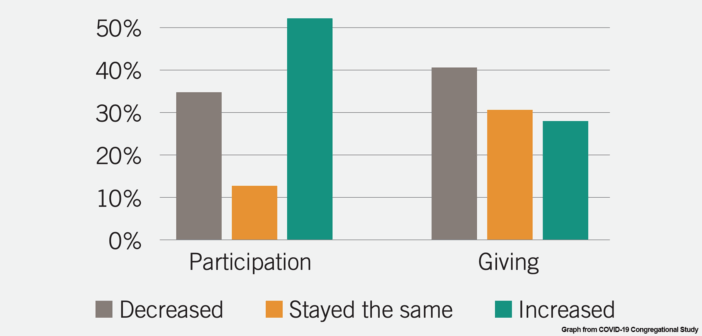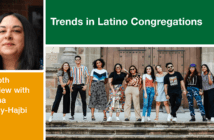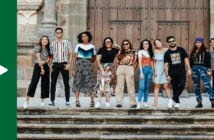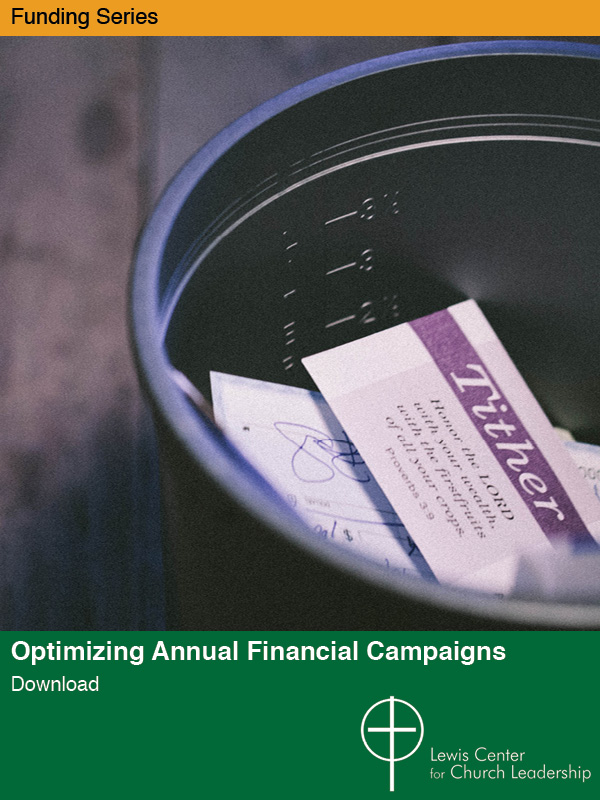A Lake Institute survey reveals that the impact of the pandemic on U.S. congregations has been mixed. A majority of congregations (52 percent) reported an increase in participation, but a plurality of respondents (41 percent) experienced a decrease in giving.
During these unprecedented times, how have congregations responded? Through a recent survey of congregational leaders from across the country, Lake Institute on Faith & Giving asked: How have congregations encouraged giving and managed their resources in the midst of the pandemic? How are they looking to the future in terms of giving trends, budget planning, and reopening for in-person services?
A July 2020 survey of 555 congregations found that congregational giving declined by 4.4 percent on average from February through June 2020 compared to the same period in 2019. A plurality of congregations (41 percent) reported experiencing a decrease in giving, while more than a quarter (28 percent) said giving increased.
Key findings include:
- While a majority (52 percent) of congregations reported an increase in participation, a plurality (41 percent) experienced a decrease in giving.
- Catholic parishes and small congregations (fewer than 50 weekly participants) reported declines in participation and giving more often than any other group.
- Sixty-five percent of congregations surveyed received federal Payroll Protection Program loans. Just 14 percent of all congregations reported having to make reductions, layoffs or furloughs of staff.
- Thirty percent of congregations raised funds to support other congregations and nonprofits in need.
- Just over half (53 percent) of congregations reported that they had already resumed in-person services or anticipated doing so by September 1. One-third of congregations indicated that they did not know when they would reopen.
- Congregations’ political orientations appear to have a greater effect on reopening than do public health or financial considerations. Nearly three-quarters (71 percent) of conservative congregations had reopened or planned to reopen by August for in-person religious services, compared to 20 percent of liberal congregations and 49 percent of moderates.
- None of the congregations surveyed expected to increase its budget during the next year. The majority (52 percent) plan to maintain their current budgets, while 48 percent anticipate reductions, with most of those anticipating cuts in the five to 10 percent range.
- Congregations that continue to face a financial shortfall going forward plan to continue to reduce administrative expenses while developing new fundraising appeals and drawing down from their financial reserves or endowment.
The full COVID-19 Congregational Study report (PDF) is available online.
This material was originally published at Lake Institute on Faith & Giving. Used by permission.
Related Resources
- COVID-19 Congregational Study
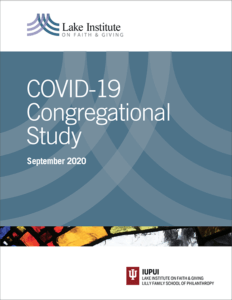 (PDF) by Lake Institute on Faith & Giving
(PDF) by Lake Institute on Faith & Giving - 3 Ways to Reset Your Stewardship Ministry in the Midst of COVID-19 by Clayton L. Smith
- 7 Ways to Keep Revenue and Donations Flowing During the COVID-19 Crisis by Rob Blezard


